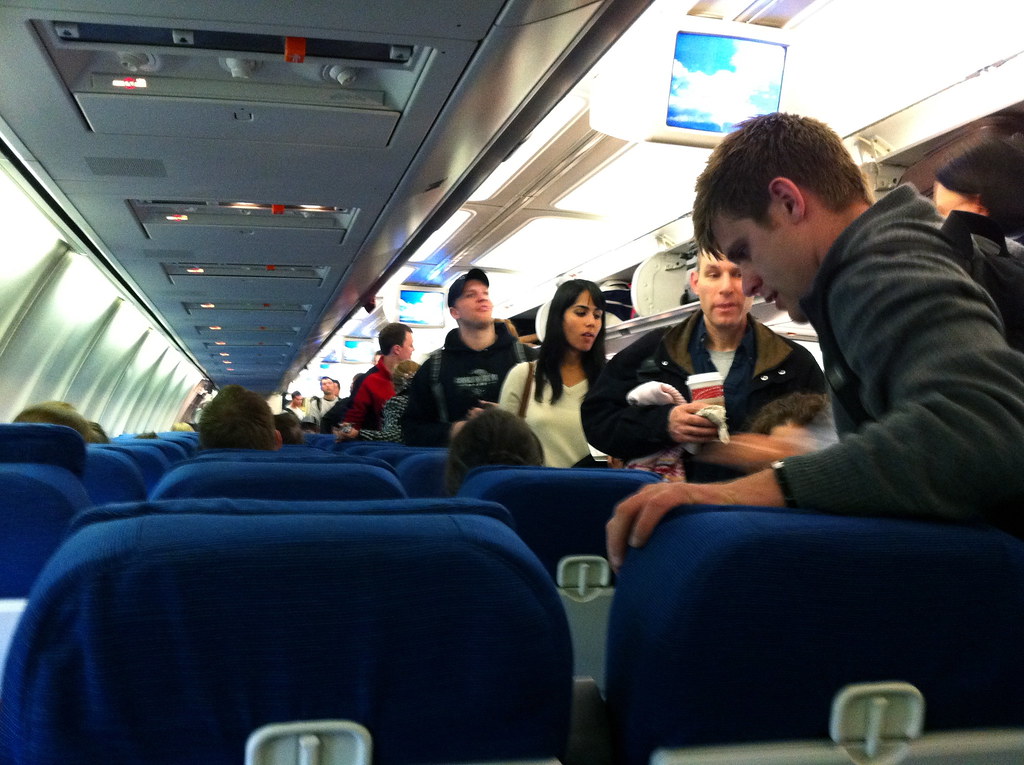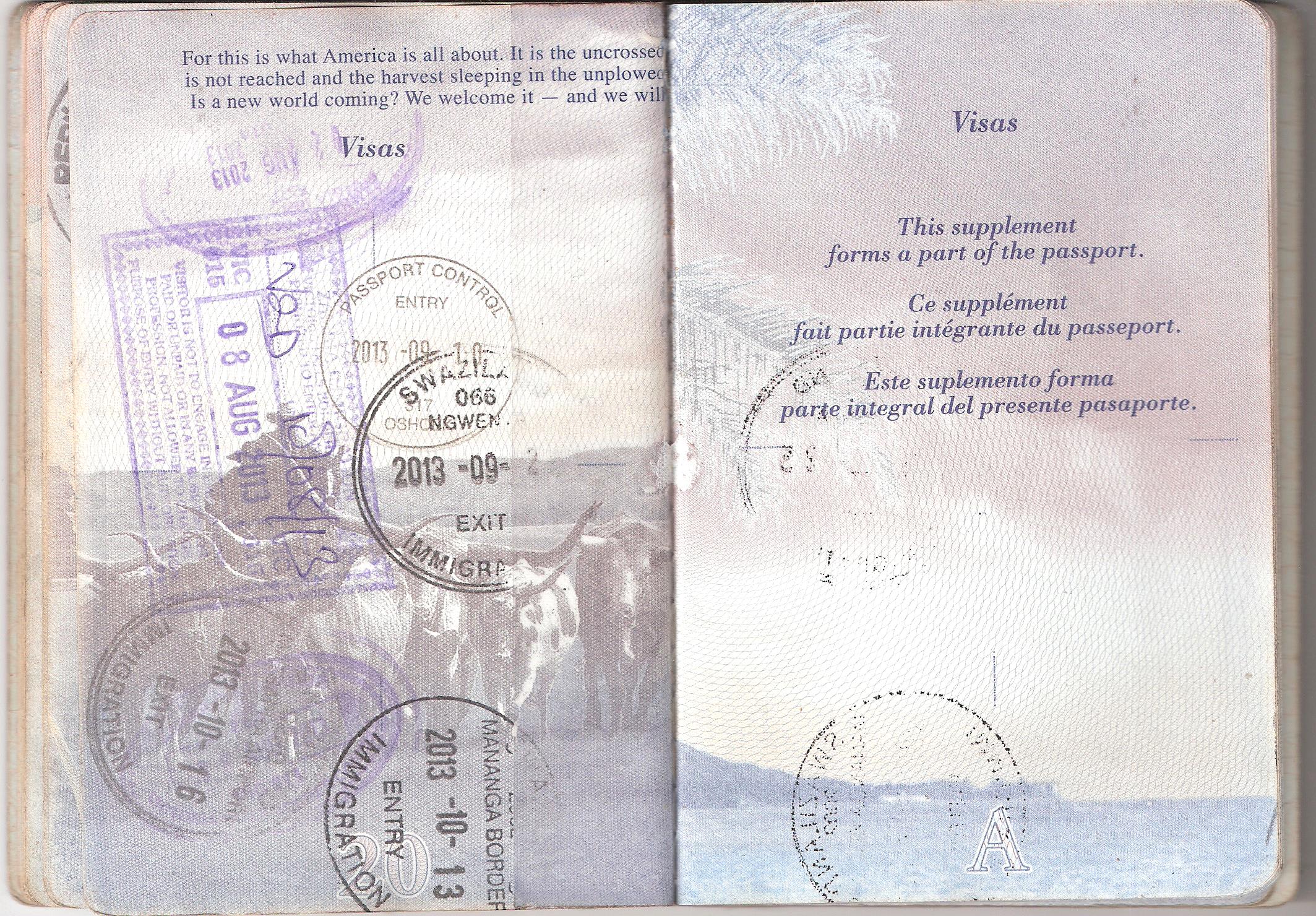Have you ever been in a situation where someone asked you to switch seats on a plane? Maybe they wanted to sit next to their partner, friend, or child. Maybe they had a medical condition or a preference for the aisle or window. Maybe they just wanted to get away from a noisy or smelly neighbor.
Whatever the reason, seat switch requests can be tricky to handle, especially if you’re happy with your own seat and don’t want to give it up. How do you say no without sounding rude or selfish? How do you say yes without feeling resentful or uncomfortable? How do you negotiate a fair trade that works for everyone?
In this article, we’ll explore some of the etiquette and tips for dealing with airplane seat switch requests like a pro. We’ll also share some stories and opinions from other travelers who have faced this dilemma and how they handled it.
Why do people ask to switch seats?
There are many reasons why someone might ask you to switch seats on a plane. Some of the most common ones are:
They want to sit with their travel companion. This is probably the most frequent and understandable reason for a seat switch request. Sometimes, people book their flights separately or at the last minute and end up in different rows or sections. Sometimes, the airline changes the seat assignments or the plane layout and splits them apart. Sometimes, they just forget to check in online and choose their seats in advance. Whatever the case, they want to be together for the duration of the flight, especially if it’s a long one.
They have a medical condition or a special need. Some people have health issues or disabilities that require them to sit in a certain seat. For example, they might need extra legroom, access to the lavatory, or a window seat to avoid motion sickness. They might also have a doctor’s note or a medical bracelet to prove their condition. In these cases, they usually ask the airline staff for assistance, but sometimes they might also ask other passengers for a favor.
-They have a personal preference or a comfort issue. Some people are very particular about where they sit on a plane. They might prefer the window seat for the view, the aisle seat for the convenience, or the middle seat for the coziness. They might also have a problem with their current seat, such as a broken recliner, a faulty entertainment system, or a noisy or smelly neighbor. In these cases, they might look for a better option and ask someone to swap seats with them.

How to respond to a seat switch request?
When someone asks you to switch seats on a plane, you have three possible options: yes, no, or maybe. Here are some tips on how to respond to each one:
Yes. If you don’t mind switching seats and you’re happy to help someone out, you can simply say yes and move to their seat. This is the easiest and most polite way to handle a seat switch request, and it might even earn you some karma points or a new friend. However, before you agree, make sure you know what seat you’re getting in exchange. You don’t want to end up in a worse seat than you had before, such as a middle seat, a seat near the lavatory, or a seat with less legroom. You can also ask for a favor in return, such as a drink, a snack, or a magazine. And don’t forget to take your belongings with you and thank the person for their offer.
No. If you really don’t want to switch seats and you have a valid reason for it, you can politely decline the request and explain why. For example, you might say, “I’m sorry, but I booked this seat in advance and I really need the window seat for my motion sickness.” Or, “I’m sorry, but I paid extra for this seat and I don’t want to lose it.” Or, “I’m sorry, but I’m traveling with someone too and I don’t want to split up.” You don’t have to justify your decision, but it helps to be honest and respectful. You can also suggest that they ask someone else or talk to the flight attendant for help. And don’t feel guilty or rude for saying no. You have the right to keep your seat and enjoy your flight.
Maybe. If you’re not sure whether to switch seats or not, you can ask for some time to think about it or negotiate a better deal. For example, you might say, “Can I see your seat first and then decide?” Or, “Can you find someone else who has a similar seat to mine and ask them to switch with you?” Or, “Can you offer me something in return, like a drink or a snack?” This way, you can weigh the pros and cons of switching seats and make a more informed decision. You can also use this as an opportunity to chat with the person and get to know them better. You might find out that they have a compelling reason for their request or that they’re actually a nice and interesting person. And who knows, you might end up switching seats after all.
What do other travelers think?
To get some insights and perspectives from other travelers who have faced seat switch requests, we searched the web and found some stories and opinions from various sources. Here are some of the highlights:
A Reddit user shared their experience of being asked to switch seats on a flight from New York to London. They had booked a window seat in the exit row, which had extra legroom and a great view. However, a couple who had booked middle seats in different rows asked them to switch with one of them, so they could sit together. The user declined the request, saying that they had paid extra for their seat and that they didn’t want to sit in a middle seat for a long flight. The couple was unhappy and tried to guilt-trip the user, saying that they were being selfish and that they were ruining their vacation. The user stood their ground and kept their seat, but felt bad for the rest of the flight. They asked other Reddit users for their opinions, and most of them agreed that they did the right thing and that the couple was being unreasonable and rude.
A travel blogger wrote an article about the etiquette of airplane seat swapping and how to handle a switch request. They suggested some general guidelines and tips, such as:
Be polite and respectful, whether you’re asking or answering a seat switch request.
Be flexible and open-minded, and try to accommodate reasonable requests if you can.
Be honest and clear, and explain your reasons for accepting or declining a request.
Be fair and considerate, and don’t ask for or accept a seat that is worse than yours.
Be grateful and gracious, and thank the person for their offer or their help.
They also gave some examples of scenarios where it is appropriate or inappropriate to ask or say no to a seat switch request, such as:
It is appropriate to ask if you want to sit with your travel companion, especially if you have a child, a senior, or a person with special needs with you.
It is appropriate to say no if you have a medical condition or a special need that requires you to sit in a certain seat, such as a window seat for motion sickness or an aisle seat for easy access.
It is inappropriate to ask if you want to sit in a better seat than yours, such as a seat with more legroom, a seat in a different class, or a seat with a better view.
It is inappropriate to say no if you don’t have a valid reason for keeping your seat, such as a personal preference or a comfort issue.

A travel website conducted a survey on how travelers feel about seat switch requests and what factors influence their decision. They found that:
74% of travelers said they would switch seats if asked, while 26% said they would not.
87% of travelers said they would switch seats to help a family sit together, while 13% said they would not.
59% of travelers said they would switch seats to help a couple sit together, while 41% said they would not.
36% of travelers said they would switch seats to help a friend sit together, while 64% said they would not.
21% of travelers said they would switch seats to help a stranger sit together, while 79% said they would not.
The most important factors that influence travelers’ decision to switch seats are:
The seat they are giving up (49%)
The seat they are getting in exchange (32%)
The reason for the request (12%)
The person asking for the switch (7%)
Airplane seat switch requests are a common and sometimes controversial issue for travelers. They can be a source of stress, conflict, or kindness, depending on how they are handled. In this article, we explored some of the reasons, tips, and opinions for dealing with seat switch requests like a pro. We hope you found this article helpful and informative, and that you’ll have a smooth and enjoyable flight the next time you travel.
Related posts:
The Etiquette Of Airplane Seat Swapping: How To Handle A Switch Request
Airplane Seat Change Etiquette & Tips – One Mile at a Time
The Etiquette Of Airplane Seat Swapping: How To Handle A Switch Request





